For a few moments let’s think of your organization in a little bit different way.
Why do people choose to interact with your organization? People come to you and your organization to have a want or need satisfied. If you and your team are successful in giving them what they need or want, let's call those your outputs, they are happy and will come back. If you don’t, they will go somewhere else.
Pretty straight forward.
Generally, the mission or purpose of organizations is to expediently and efficiently satisfy the needs of the people who choose to have a relationship with them. To accomplish that your organization has a set of scarce and precious resources, your inputs, that must be efficiently and effectively employed to make clients, congregation members, or customers happy.
The input resources your organization must work with include: money, time, equipment, specialized and general knowledge, among others. From whence do most, if not all, of the organization’s available resources come?
They are sourced from its people.
Your organization’s effectiveness is limited or extended by either the resources your people bring to your party, including and especially you, the leader, or are developed in them.
Your job as a leader then is to constantly know and develop the input resources in your organization necessary to supply the outputs that satisfy your customer's or client's need.
What that means is that your organization is fundamentally just a broker of resources.
Assuming you are a leader, your fundamental job is to recruit and develop your input resources, people, physical, and fiscal, and then efficiently and effectively apply them as outputs to satisfy clients, customers, or congregation members' needs making them happy.
The success of any and every leader is in direct proportion to:
- How well the needs of clients, customers or congregation members are clearly understood, which is not a one-time event.
- How well all the available people, physical, and fiscal resources of the organization are identified and grasped, which is not a one-time event.
- How well the organization can apply the scarce and precious resources available to satisfy the person who has a need or want.
Pretty straight forward.
Michael Smith is co-founder of DecisionGrid.

